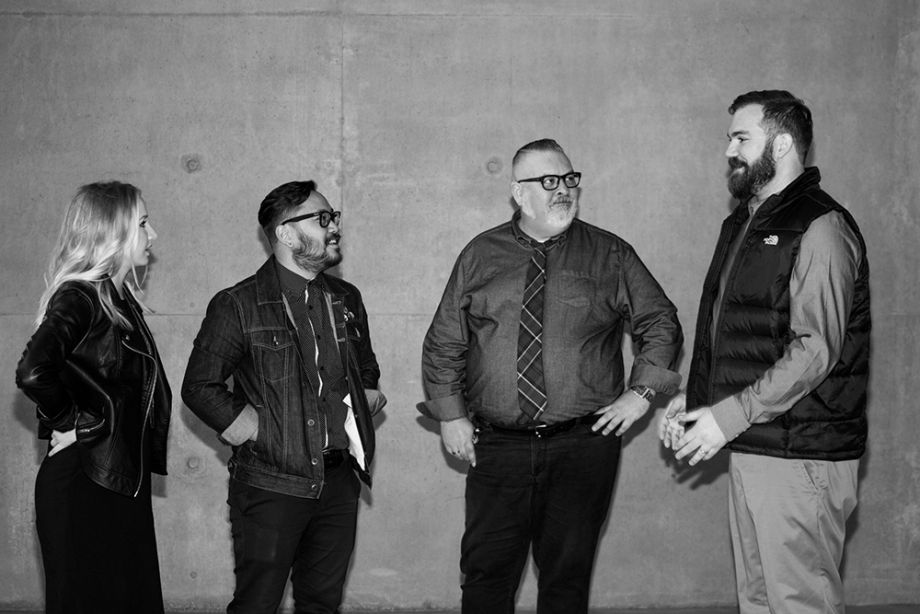“Well, what do your latest planning studies say?” Sitting on the other end of a Zoom call was the Executive Director of a Business Improvement District.
“Our what?”
Under other circumstances, I would have had a heart attack. But with the second wave of the pandemic devastating their city, and their now-anemic budget bleeding tax assessments – they needed triage. In order to get ahead, a rapid response plan was critical to addressing the dozens of crises that were mutating by the day.
How could they more quickly communicate between departments, organizations, and the public? How would they know what to prioritize, when to conserve, and when to hit the gas? And when they spoke, how could they back it up with up-to-the-minute local stats?
Data – good data – is the heart of planning for resilience. There aren’t enough resources to repeat what’s worked before and hope that it sticks.
When budgets were cut for a large downtown, they continued to make data-driven decisions with remarkable accuracy and clarity. Without coding or statistics experience, the district took advantage of free tools to build a dashboard that would alert them of new patterns and predict what would happen next. These are tools available to everyone; Google Analytics, Google Trends, and Search Console, Facebook Insights and Facebook Analytics. While no one data point is 100% reliable; when brought together, issues and trend lines are identified quickly, and data can be presented in a visually simple and impactful way.
While the state was still shuttered, data was used to forecast exactly when they should reschedule their annual Restaurant Week; when to woo restauranteurs with projected revenue. Even during the pandemic they hosted their most successful Restaurant Week ever, with eateries bringing in twice as many people as last year.
Data drives decision-making, but who is it for? How did Norfolk, VA know a Restaurant Week was even worth considering?
When decisions need to be made and communicated quickly, many cities and districts have drawn inspiration from design thinking, which emphasizes the importance of putting people ahead of planning. The Downtown Tempe Authority (in Tempe, AZ – a small city contiguous to monster metro Phoenix, AZ) has championed this approach for years. What happened when a major, multi-year project seemed to be spinning off in a million directions? Downtown Tempe stepped back and asked: Why? Who is this for?

The 6th Street Market is a weekly event highlighting Arizona-made goods in Downtown Tempe, AZ with the mission to connect the community with local artists, makers, and food creatives. (Photo credit: Downtown Tempe Authority)
Asking “Who is this for?” is the first and most important question any organization can ask before starting a project. Understanding the people you serve, makes decision-making more efficient and more effective. Successful organizations use personas – fictional characters that represent a stakeholder – to stay focused on who they serve and what those people need and want. Downtown Tempe used data to create personas of the largest stakeholders, but also of communities and people who had been underserved. As they got to know their personas, they realized something important: that one big, successful project was monopolizing their resources, and none of their personas even wanted it! By using data-driven personas, they were able to bow out of the project and dedicate their time and money to people who needed them.
Personas without data are ineffective, but data-driven personas without empathy can be dangerous. Anybody who sets out to use data to help people needs to actively listen to, and empathize with those people. Already-fragile communities are especially harmed by a purely data-driven approach. Personas can be one tool to help amplify communities that have been ignored or harmed by technocratic planning, but only if they represent real people. Without community representation, our own biases can be magnified. Data is only as good as the questions you ask and how it’s interpreted.
Rapid decision-making during the pandemic requires organizations understand people’s needs and wants, their values, their struggles, and their journeys. Once you know your people, you’ll see clearly where your needs and wants connect with theirs. From there, your strategies and tactics quickly fall into place. A simple pneumonic to remember this process is POSTR: People (Who are they and what do they want?), Objectives (Where do our priorities intersect with theirs?), Strategies (What do we do to get there?), Tactics (How will we get there?), and Results (Did we help them?).

Work Program Architects helped the Downtown Norfolk Council revive its “Great White Way” over Granby Street by illuminating the downtown thoroughfare with modern, energy efficient LED bulbs creating a visual and palpable sense of place for locals and tourists alike. (Photo credit: Work Program Architects (WPA))
Through the pandemic, Downtown Norfolk has used the POSTR process and free data to update their tourism plan daily, adjusting budgets and messaging to meet future needs. With personas that intersect the quantitative and qualitative, they could picture the person behind each new pattern in the data. They know their personas intimately and understand exactly how they feel and how to connect with them in a meaningful way. Using data to forecast the pandemic, Norfolk has become the number one tourism destination among the top 25 markets nationally.
Personas make data usable during rapidly-changing events because they’re living documents, just like the people they represent. When the data changes daily, personas help us internalize what the data means to people and how their experiences affect them over time. Lives aren’t lived as a series of data points, but as a journey. That can be difficult to articulate, especially when time is short and you’re working across departments and organizations. When you know your personas well, you can tell their story in an emotionally-engaging way, knowing that you have the data to back it up.
Josh Yeager is the Co-Founder of Bright Brothers Strategy Group, a leading collective of industry experts combining data and business intelligence with a people-first approach to helping cities and communities survive and thrive – even during a pandemic.
















